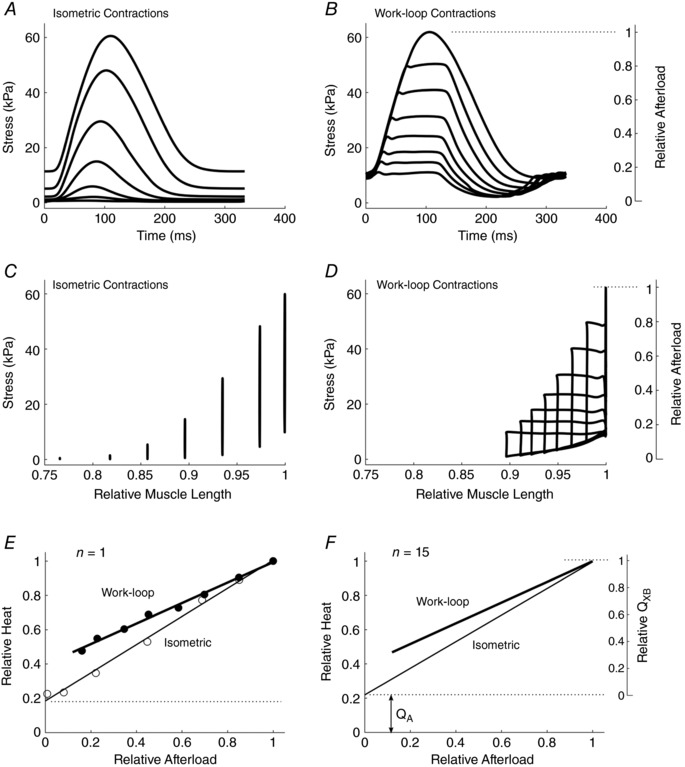Figure 2. Steady‐state stress development and heat production from same trabecula as in Fig. 1 .

A and B, twitch profiles for isometric (A) and work‐loop (B) contraction protocols. C, isometric twitch stresses at various muscle lengths (relative to optimal length, L o). D, work‐loop contractions against various afterloads commencing from an initial length of L o. E, relative steady‐state twitch heat as functions of relative afterload arising from work‐loop (filled circles and thick line of best fit) and isometric (open circles and thin line of best fit) contractions. F, averaged lines from n = 15 trabeculae. Isometric heat‐stress regression line: Heat = (0.08 ± 0.03)S + (0.22 ± 0.03); and work‐loop heat‐afterload regression line: Heat = (0.08 ± 0.03)S + (0.22 ± 0.03); where S is the relative afterload (means ± SEM). Q A represents the heat associated with activation processes and Q XB represents the heat associated with cross‐bridge cycling.
